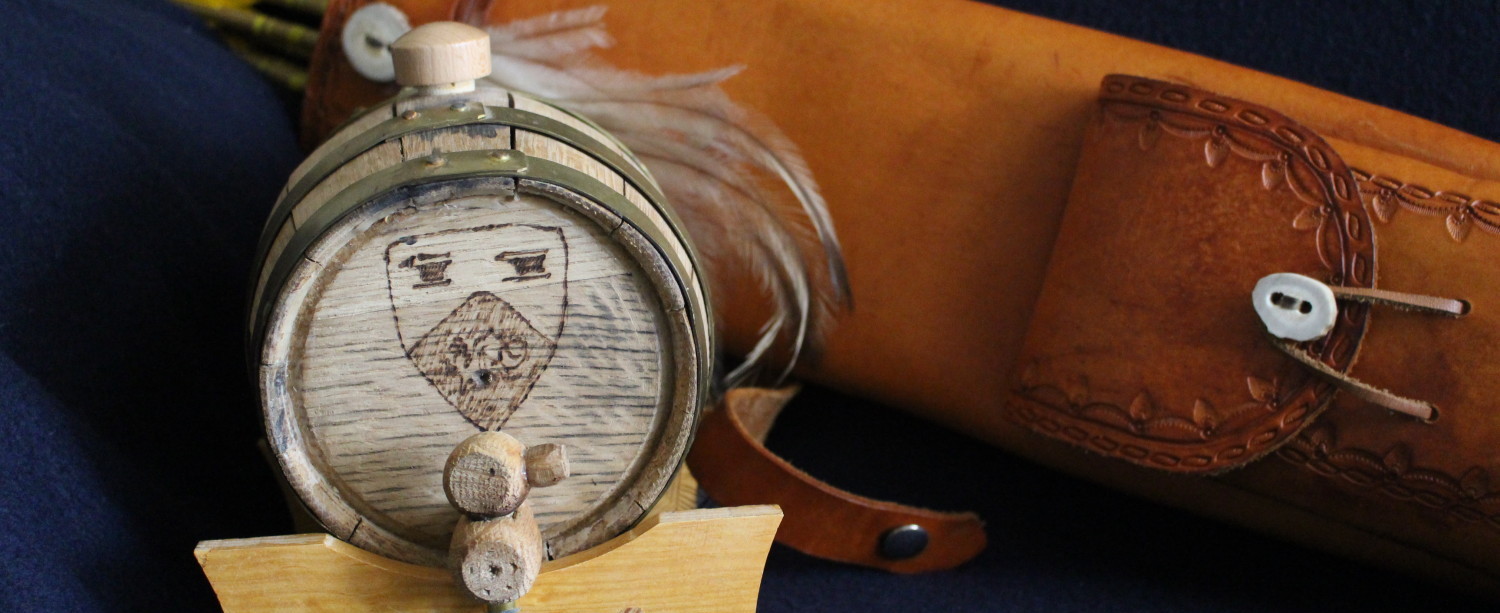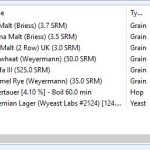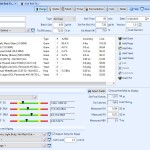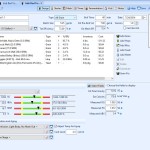Periodically, I will post copies of documentation for formal projects. I am woefully behind on posting recipes and documents! Sorry!
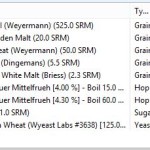 Weizenbock. Here is the all-grain recipe for my award winning weizenbock. This one takes quite a while from brew day until it is ready for consumption. I used a single-infusion mash at 157 degrees for one hour and sparged at 170 degrees.
Weizenbock. Here is the all-grain recipe for my award winning weizenbock. This one takes quite a while from brew day until it is ready for consumption. I used a single-infusion mash at 157 degrees for one hour and sparged at 170 degrees.
Weissbier. This is the documentation for a Bavarian Weissbier that I wrote for a Queen’s Prize project a many years ago. This was my favorite weissbier recipe until I began all-grain brewing. I occasionally change the yeast to get a different profile of those wonderful esters and phenols that make weissbiers so delicious! Here is the all-grain version that I like the best, although I do occasionally tweak recipes.
Dunkelweizens. In my earlier days of brewing, in addition to many weissbiers, I enjoyed making many dunkelweizens. The process is similar to the weissbiers above, but with additional darker malts. Here is one of my favorite extract/partial mash (steeping grains) recipes. Here is the all-grain recipe that I like the best.
Patersbier. This was a one time brew, which is unusual for me. I usually like to tinker with recipes and rarely brew something only once. This beer style is purportedly the everyday drink for monks. It was often the result of a second running of higher gravity brews and was sometimes referred to as an Enkel beer. This recipe yielded a light, delicious brew. I was hoping for something just a bit drier, but it was mostly what I expected. Here’s the recipe.
Nocino. I’ve been writing about nocino lately, so I thought it would be a good time to post some documentation from a Royal Brewer’s Competition in 2014. I also wrote a series of posts on the “Science of Nocino.” The documentation for a Kingdom Arts & Sciences project also exists. I will post a copy here soon.
Imperial Stout/Nocino Barrel. My barrel project involved aging of Nocino in a charred oak barrel. When the Nocino is removed, an Imperial Stout will replace it for conditioning. Here is the recipe for that brew. One note: The recipe lists Wyeast London Ale (1028). I actually used Imperial Darkness yeast. Unfortunately, the latter is not in BeerSmith’s yeast database. (Update: Shortly after posting this I realized that BeerSmith had a new version available. That version now contains the Imperial yeast lines).
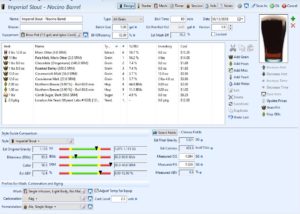 Sage-Ginger Mead. This is the documentation for one of my favorite meads. I am sad to say that I used my last bottle of this for the Royal Brewer’s competition in 2014 at Lilies War. I would love to have more. I guess I better get my butt in gear and crank out some more.
Sage-Ginger Mead. This is the documentation for one of my favorite meads. I am sad to say that I used my last bottle of this for the Royal Brewer’s competition in 2014 at Lilies War. I would love to have more. I guess I better get my butt in gear and crank out some more.
Mild Ale or Small Ale/Beer. I need to work on this documentation a bit more. I love the concept of small ales, what we might call session beer today. Just because a beer has a low ABV it doesn’t have to lack in flavor and character. The recipe contained in this file is good, but a slightly tweaked version that I will post sometime in the near future is even better. Upgraded documentation for a Mild/Small ale should be posted soon. I submitted an updated version as one of my Royal Brewer entries at the 2016 Calontir Royal Brewer Competition.
Transition from Ale to Lager Yeast. Blog posts related to this interest have been previously posted. Here is a copy of documentation related to an initial foray into this topic from the Royal Brewer Competition in 2013. I have also uploaded a copy of a research paper based on these blog posts on 2/11/16. This paper is to be submitted for Calontir Kingdom A&S in April, 2016.
Roggenlager. This recipe is for a roggenbier, which is typically fermented as an ale, but in this case I lagered it. I mashed the grain at 154F for 60 minutes and then sparged at 170F. I fermented it at 55F with Wyeast Bohemian Lager yeast. It was in primary for 2 weeks. After a 3-day diacetyl rest at about 68F, I lagered it at about 38F for 60 days. It yielded a brew with a lot of the nice spicy notes of a rye beer, but enhanced crispness, maltiness of a lager. I called it a success! 🙂
Irish Red. My SCA friends William Douglas and Lucia Vatavia asked me to provide beer for 2014 Valor. There was an Irish Pub night, so one of the brews needed to at least have “Irish” in its name. I brewed an Irish Red. Actually, I brewed two versions; one that was a straight Irish Red ale (using Safale S-04) and the other that was an ale-lager hybrid (using both ale and lager yeasts). Both were brewed exactly the same way (156F mash for 60min and sparged at 170F). The ale was in primary for 2 weeks then in secondary for two weeks. I pitched both ale and lager yeasts into the hybrid and fermented 1 week at 68F, then at 55 for another week followed by a short diacetyl rest. It was lagered at 38F for 60 days before kegging. I really liked the hybrid and that was the version I took to Valor. Reviews were quite good.
.
Is Nocino Period? (i.e., Pre-1600). During my extensive research on the unripe walnut drink Nocino, I found many references to notion that it has it’s roots in the Middle Ages. However, not a single such reference was associated with documentation. I finally found evidence from pre-1600 literature describing what appears to be our modern version of Nocino. It can be found in this blog post.
